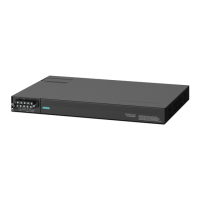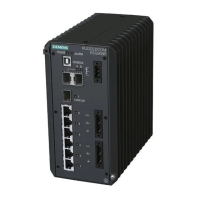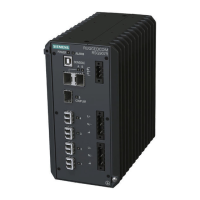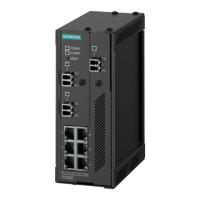Chapter 1
Introduction
RUGGEDCOM RUGGEDCOM RSG2488
Installation Guide
4 AM and TTL Outputs
Synchronization Source Without PTP Card With PTP Card
GPS
û ü
NTP
NTP (Network Time Protocol) is the standard for synchronizing the clocks of computer systems throughout the
Internet and is suitable for systems that require accuracies in the order of 1 ms.
IRIG-B PWM
IRIG-B time synchronization is an even older, established, inter-device time synchronization mechanism providing
accuracy in sub-milliseconds.
GPS
The Global Positioning System (GPS), as a source of accurate time, requires an external GPS antenna input
to provide accurate time signals comparable to 500 ns. The RSG2488 can use the GPS receiver on the PTP
module to provide the time base for the system.
IEEE 1588
IEEE 1588 is designed to provide networked, packet-based time synchronization between different networking
nodes (PTP devices). The RSG2488 supports PTP v2, which is defined in the IEEE 1588-2008 standard. IEEE
1588 is designed to fill a niche not well served by either of the two older, dominant protocols, NTP and IRIG-B.
IEEE 1588 is also designed for applications that cannot bear the cost of a GPS receiver at each node or for which
GPS signals are inaccessible.
The RSG2488 supports ordinary clock, boundary clock, peer-to-peer transparent clock, and end-to-end
transparent clock modes. An ordinary clock can be configured as either a Grandmaster Clock (GM) or a Slave
Clock (SC) within the master-slave hierarchy.
Every Ethernet port on the RSG2488 supports IEEE 1588. For more information, refer to Section 1.3.3, “IEEE
1588 Support”.
Section 1.3.2
AM and TTL Outputs
The PTP card provides AM (Amplitude Modulated) and TTL (Transistor-Transistor Logic) outputs.
The AM OUT port supports the IRIG-B AM signal format, while the TTL OUT port supports the IRIG-B PWM
and PPS signal formats. Enabling/disabling the output ports and – in the case of TTL OUT – selecting the signal
format is controlled through the RUGGEDCOM ROS operating system.
The number of devices that can be connected to the AM OUT and TTL Out ports is dependent on the cabling
type and length, as well as the input impedances of the devices. The following simplified circuit schematic shows
the interface between an IRIG-B source and connected devices.
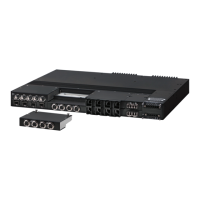
